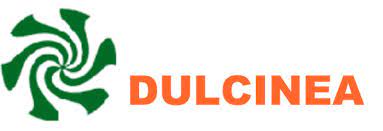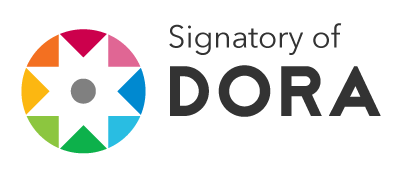ICT, Rural Education and Curriculum
DOI:
https://doi.org/10.37467/gka-revsocial.v3.808Keywords:
Didactics of ICT, Instructional Tool, University TeachingAbstract
The development of new technologies allowed incorporating tools that facilitate the teacher teaching process. Competitiveness and versatility of these applications to be integrated into the teaching methodology is precisely that ensures their utility and promotes the advance accelerated in the field of education. Teaching both primary, secondary and University based in training materials, teaching action and evaluation, must take advantage of the technologies of information and communication to develop an effective process and quality that meets a growing student population. The object is to design strategies, techniques and methods for the use, handling and application of ICT to provide an effective tool in teaching performance and incorporate different role models that conform to the requirements of the teacher on the distribution and use of ICTs as support for the design and optimization of the development of the session of face-to-face classes in subjects using the computer as an instructional tool. ICT, must be in traditional teaching still using memory proceedings and dominated once comes to its implementation; While on the teaching of ICT, the transition is easier, since there will be an environment specifically, where the student plans, runs real action, controls, checks and make mistakes; set out anew and alongside this direct experimentation, the computer will provide in due time, of the symbolic and/or graphic development of all and each of the actions undertaken. It is thanks to this course of action that makes a transition between action and instruction.
Downloads
Global Statistics ℹ️
|
715
Views
|
1539
Downloads
|
|
2254
Total
|
|
References
Cabero, J. & Romero, R. (2005) Criterios generales para el diseño, la producción y la utilización de las TIC en la enseñanza en Curso: TIC para la formación. Su utilización didáctica . Sevilla: Universidad de Sevilla.
De Pablos, J. (2003). “La tecnología educativa hoy: no es como ayer”. En: Nuevos enfoques nuevas miradas en Tecnología y comunicación educativas 37(17). México: ILCE.
Guerrero, C., E. (2002). “La enseñanza del inglés. Su proyección en la formación docente. El caso de la carrera de educación mención inglés en la U.L.A. Táchira”. Tesis Doctoral. Tarragona: Universitat Rovira i Virgili.
McLuhan M. (1973) Caliente & Frío . Buenos Aires: Editorial Sudamericana.
Novak, J. y D. Gowin. (1998). Aprendiendo a aprender. Barcelona: Martínez Roca.
Sarramona, J. (1991). Fundamentos de educación . Barcelona: CEAC.
Sicilia, M. (2003). Las nuevas tecnologías: ¿Motor de cambio o desigualdad? Cartago: Editorial Tecnológica de Costa Rica.
Tejada, J. (1999). “El formador ante las NTIC: nuevos roles y competencias profesionales”. Comunicación y Pedagogía 158: 17-26.
Downloads
Published
How to Cite
Issue
Section
License
Those authors who publish in this journal accept the following terms:
-
Authors retain copyright.
-
Authors transfer to the journal the right of first publication. The journal also owns the publishing rights.
-
All published contents are governed by an Attribution-NoDerivatives 4.0 International License.
Access the informative version and legal text of the license. By virtue of this, third parties are allowed to use what is published as long as they mention the authorship of the work and the first publication in this journal. If you transform the material, you may not distribute the modified work. -
Authors may make other independent and additional contractual arrangements for non-exclusive distribution of the version of the article published in this journal (e.g., inclusion in an institutional repository or publication in a book) as long as they clearly indicate that the work was first published in this journal.
- Authors are allowed and recommended to publish their work on the Internet (for example on institutional and personal websites), following the publication of, and referencing the journal, as this could lead to constructive exchanges and a more extensive and quick circulation of published works (see The Effect of Open Access).













